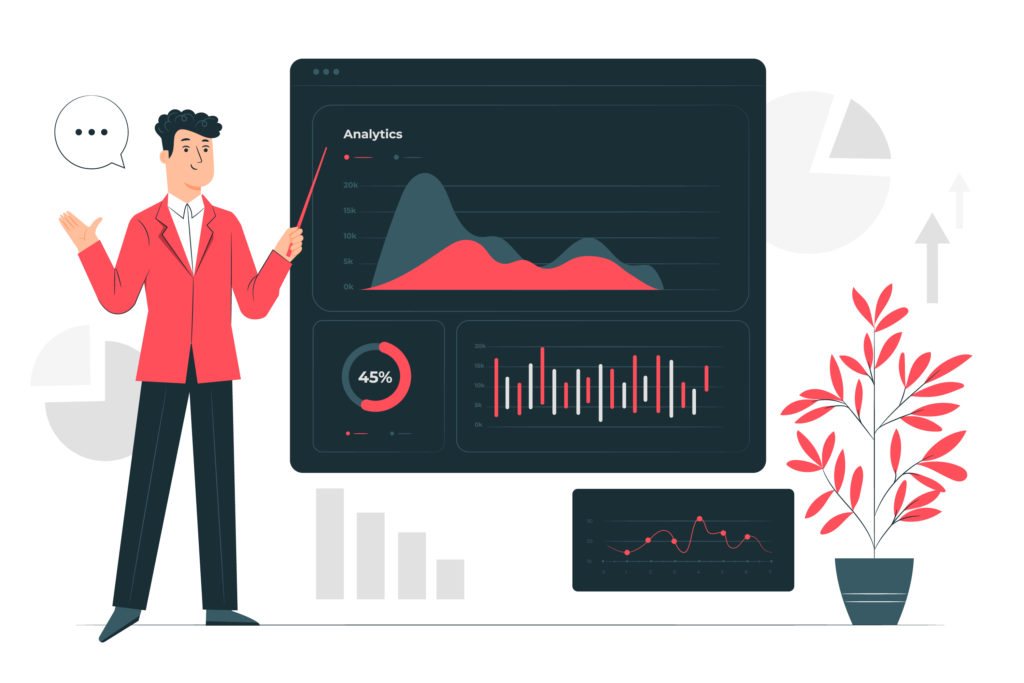Significant lending trends to look for post-COVID
An investment in knowledge pays the best interest. – Benjamin Franklin
To say that the COVID-19 pandemic has changed the world would be an understatement.
Most, if not all the people alive today have never experienced a complete lockdown like the one we face today. The effects of this are bound to be immense and irreversible. The change will not only be felt by individuals, but also by entire industries.
The banking and lending industry is no exception.
As the backbone to any country’s economy, banks and lending institutions will have to work extra hard to brave the winds of change. In this article, we have listed out a few of these trends. Like the great bard William Shakespeare said, ‘All things are ready, if our mind be so.’
- Need for cash flow to MSMEs
In a report by the international management consulting firm Arthur D Little, the effects of the COVID-19 lockdown will be felt most strongly by the most vulnerable. People with daily wage jobs, bordering on the poverty line will face issues of job loss, poverty and a steeply reducing per-capita income, and this in turn will have devastating effects on the country’s economy. Up to 135 million jobs could be lost and 120 million people be pushed back into poverty; all of which will contribute to what may be the biggest recession in 40 years. With rates of unemployment possibly rising to 35% from the current 7.6%, poverty alleviation will be a big, big challenge.
In the post-lockdown world, there will be an urgent need for economic revival, the reconstruction and monetary stimulus of the economy. Putting cash in the hands of the people will become the need of the hour, and only the banking industry holds the power.
In an article for moneycontrol.com, SeemaPrem, the CEO of FIA Global, a financial inclusion platform details the role banks will have to play in order to stimulate the economy and help things get back to normal. She says that the Rs 500 relief package that was handed out to PMJDY women beneficiaries did help families tide over the immediate crisis, but in the long run, these small amounts will not be enough to stimulate demand.
Banks and lending institutions have to go the extra mile and play an active role in demand creation/fulfilment and revive jobs and revitalize the economy.
But how?
“Opportunity is missed by most people because it is dressed in overalls and looks like work.” said Thomas Edison.
According to Bengaluru-based Kinara Capital, the way to do this is through MSMEs. They believe that medium and small businesses are the backbone to reviving local and national economies. They provide jobs for people in the immediate vicinity and also stimulate the supply-demand chain.
“The biggest challenge for small- and medium-sized companies is the cash flow, and each company need a fresh infusion of working capital to restart the operations,” says PrabhuDhamodharan, Convenor of Coimbatore-based Indian Texpreneurs Federation to The Hindu Business Line.
It is important to keep in mind that business for most of these MSMEs has been practically zero for the past few months and loan eligibility criteria will have to be reworked.Ensuring that these MSMEs have sufficient working capital in order to jumpstart operations once the country settles down post-lockdown is very, very important.
- New nature of risk
With companies laying off employees and cutting costs in order to survive in an economy with falling demand, people will find it harder and harder to make their EMI payments, resulting in a drop in the credit quality of existing portfolios, and a rise in the rates of non-performing assets. Further, less people are likely to borrow money in the future, due a fear of being unable to repay.
According to Ashwini Anand Pillutla, founder of Monsoon CreditTech which develops a machine learning platform used by some of the largest banks and financial institutions, one way of solving the problem of finding credit-worthy borrowers in a crumbling economy is to rely on machine-learning models to understand the actual levels of risk in a particular loan. The nature of risk, he says, is no longer determined purely by risk history, but by a variety of different factors, including the nature of the industry he/she works for and the impact of the lockdown on his/her financials. The existing risk scorecards need to be re-worked and machine learning models are created for this sole purpose: to identify patterns and separate the risky loans from the safe ones in ways that human eyes cannot.
- Digital banks over physical branches
In a previous article, we discussed the rise of digital banking in a post-COVID world. With the lockdown in place, most people cannot leave the confines of their homes. Making transactions through digital and mobile means has become the new trend, and banks are expected to follow. This trend is likely to continue even after lockdown restrictions are eased.
This means that banks and financial institutions will have to become technologically savvy, and digital consumer friendly. People with knowledge of software and digital function are sure to be valued, and it would help if everyone was comfortable with transacting through mobile or digital means.
The new work-from-home culture is also likely to bring a lot of changes to peoples’ lifestyles. Having to work from home might seem comfortable and even preferable, but not being able to communicate directly with your co-workers and colleagues will soon get frustrating. One has to prepare oneself, mentally and physically, to be able to work from home. Many companies are now realizing the benefits of working from home; realizing that a lot of the work previously done in an office can now be done from homes.
Twitter has led the way by saying that working-from-home will be ‘forever’. “So if our employees are in a role and situation that enables them to work from home and they want to continue to do so forever, we will make that happen,” the social media giant said. It will not be surprising if other companies do the same.
Despina Katsikakis, a consultant with the property advisory Cushman & Wakefield, and who helped get a million people back to office in China, told CNN that “the crisis has fast-forwarded the future of work by as much as a decade.” Using Zoom and Google Meet to communicate, WhatsApp and Google Docs to send messages and documents across is quickly becoming popular and needed.
Even if work from office does restart, the culture is likely to be very different. Social distancing norms are sure to be followed even unconsciously. Masks, heat scanners and sanitizers will become the new norm. All we can do is be ready.

